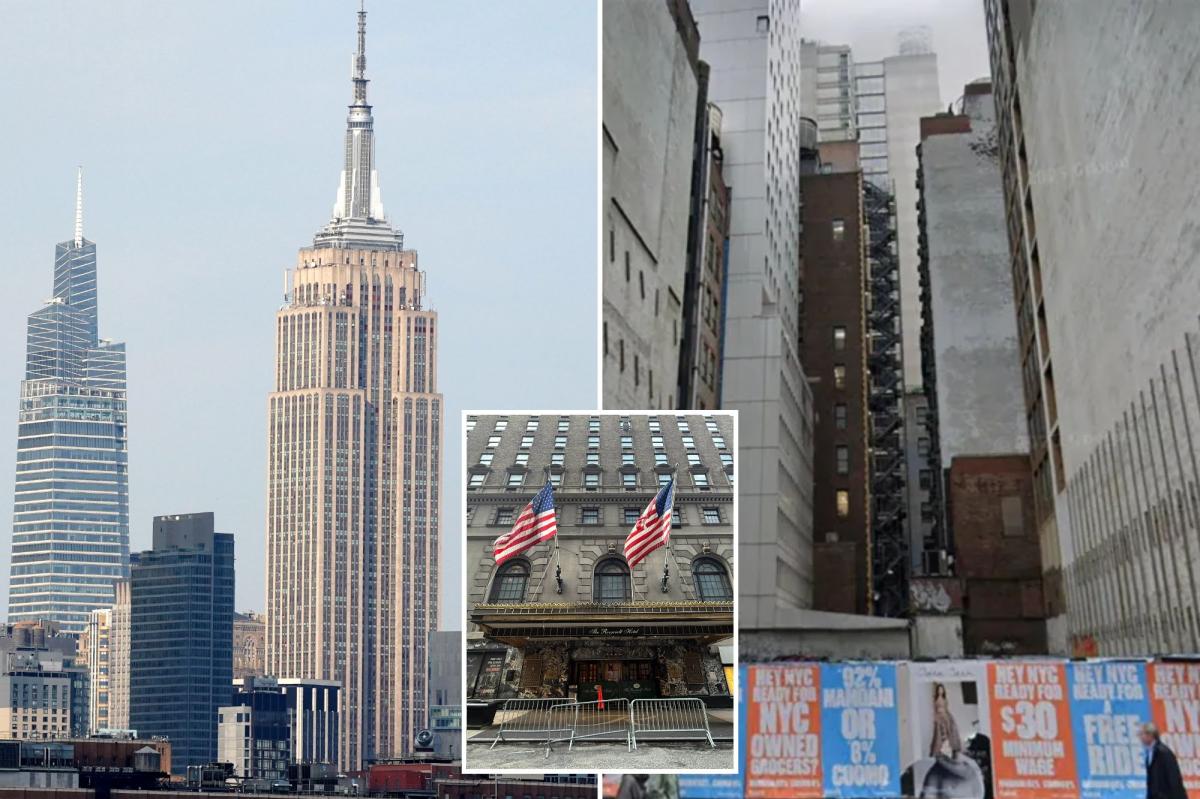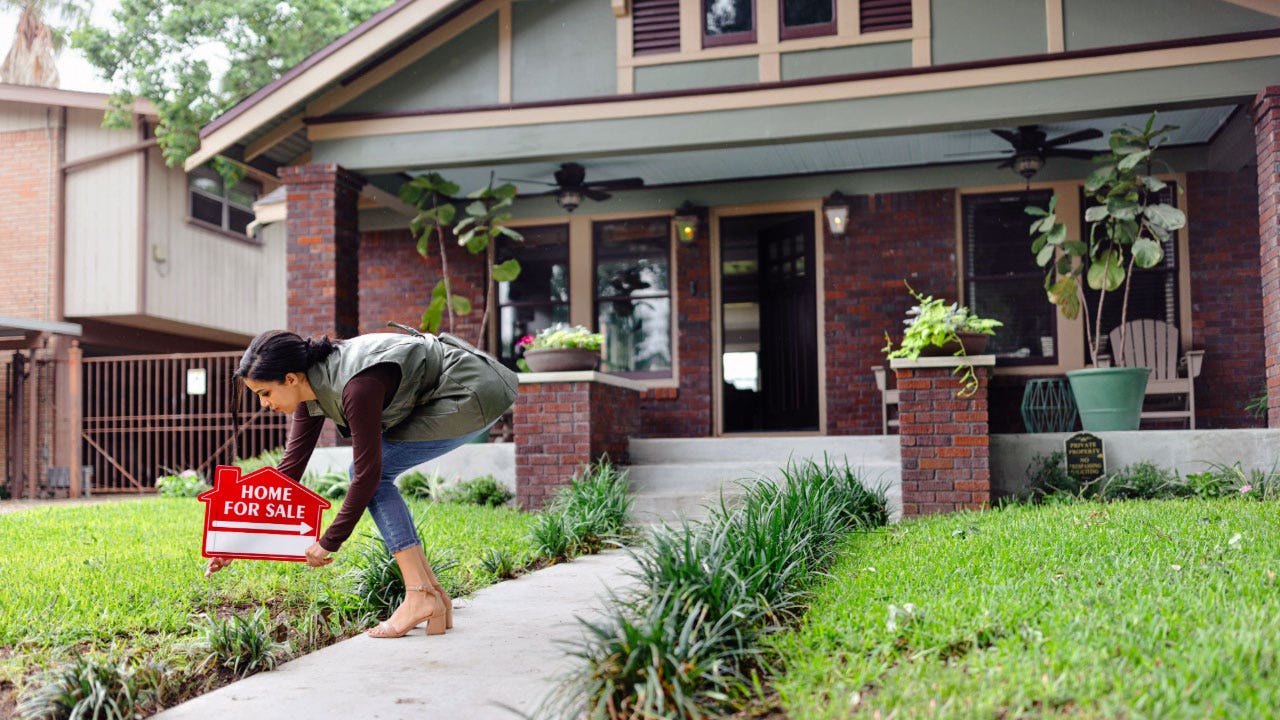C
ommercial property owners are facing a significant challenge as they struggle to refinance their debts, which total approximately $1.5 trillion due by the end of next year. According to Jones Lang LaSalle Inc., about one-fourth of this borrowing could be challenging to refinance.
The value of buildings has decreased due to higher interest rates, which have increased funding costs for property owners. This has made it harder for landlords to borrow as much as they need, forcing many to seek additional equity capital to secure new debt or extend their existing facilities.
Apartment buildings, which account for about 40% of the looming maturities, are at the center of this refinancing wave. Many US owners of these assets, known as multifamily properties, purchased them using three-year floating rate loans during the easy money era. Since then, interest rate increases have eaten up much of their rental income, making it difficult to secure additional equity.
Rising insurance costs and falling property values have added to their distress, leaving approximately $95 billion of US properties at risk or already in distress, according to MSCI Real Assets data.
Catie McKee, director and head of commercial-mortgage backed securities trading at Taconic Capital Advisors, said, "A large portion of the multifamily world is underwater at the moment." She added, "A lot of the equity is gone, but it’s an asset class that is pretty resilient over time. It’s underwritable, it just needs a capital infusion."
The looming debt maturities also pose a potential challenge for Wall Street, as many of these floating-rate loans were packaged into the $80 billion commercial real estate collateralized loan obligation market and sold off as bonds to investors. Despite this, investors do not see trouble in the commercial real estate market as a systemic issue for banks.
In response to higher borrowing costs, CRE CLO lenders are modifying loans to help borrowers stay afloat until interest rates drop or additional equity can be injected or junior debt such as mezzanine loans can be secured.
With interest rate cuts becoming more likely, there is optimism that large-scale distress can be avoided in the wider CRE market. The number of lenders submitting quotes for debt refinancings has doubled on average this year, according to Matthew McAuley, a research director at JLL, who estimates the funding gap to be between $200 billion to $400 billion at present.
While some traditional lenders are focused on working out problem loans, other banks, life insurers, and direct lenders are willing to extend more credit. "It's been a more constrained cycle this time around," McAuley added. "Banks don't want to take over assets if they can put a new business plan in place and get an exit."
As a result, debt funds may find fewer opportunities to deploy capital than expected, according to Willy Walker, Chief Executive Officer at Walker & Dunlop Inc. "The cycle has healed to the point of CMBS coming back, the agencies are coming back, and banks have started to lend back into commercial real estate," he said on a video call with reporters earlier this month.













